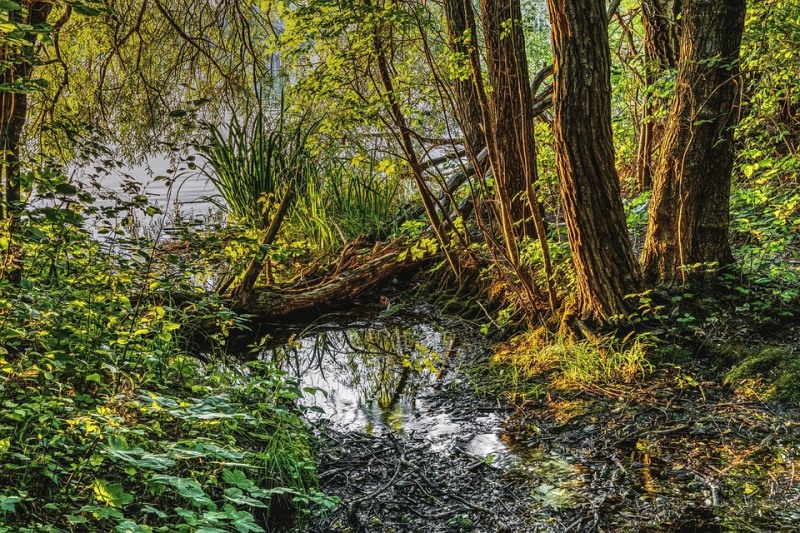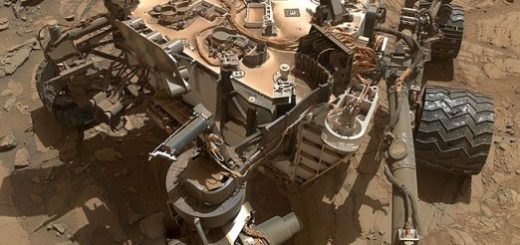Rain water is stored in many natural ways!
Pure water – it doesn’t flow to seas always. They get collected in ponds as well as low level places. That’s how streams and marshy areas like paddy fields originate. In marshy areas, water gets collected during rainy season, and during summer season, it gets converted to muddy areas once water is evaporated. Marshy areas change their features so quickly and unpredicted. Our canals, paddy fields and marshy areas are best examples of such wetlands.

Wet lands exist in the form of water bodies like marshy places, streams, rivers, fields and lakes. When rivers change their direction, they give rise to new wetlands too. Paddy fields and marshy areas are its end results. They may never dry up even during severe hot summer.
Underground water
Rain water that falls on earth surface will flow through different layers of soil and reaches earth’s bed. This water takes time to slowly reach to sea. Sometimes, it may take 100 years or more for water to reach sea. Water on earth’s surface gets evaporated easily with sun’s heat. But as underground water is conserved by earth, we get water through wells, though its level may vary from place to place. There are many underground streams too that carry water. We get this water through wells we dig.
When ice melts

In Polar Regions and mountain areas, water is seen in the form of ice and dew drops. Ice bergs of arctic zones are found floating in Pacific and Arctic oceans. Though it’s seen floating on water surface, 90% of ice bergs will be submerged in sea water. Everyone knows well about the gigantic iceberg that hit Titanic on its first journey and killed thousands.
But when ozone layer gets depleted, sun’s radiation causes melting of ice in poles – really a threat to mankind. If whole ice of Polar Regions gets melted, all low level regions will be beneath water, and humans will have no place to go!
Image source: Pixabay














Recent Comments